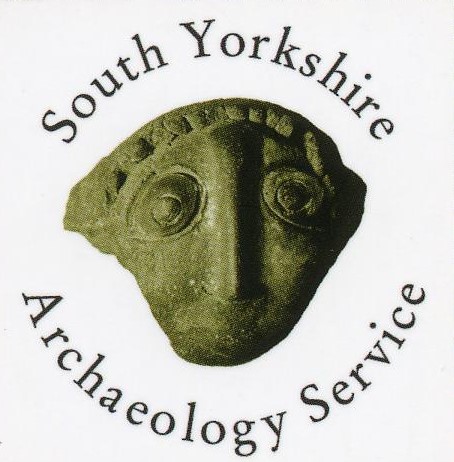Victoria Mill, Doncaster
Location/Address
Milethorne Lane, Doncaster
Type
Description
Three storey brick built former mill building of 1912. The main block is of pier and panel construction with six span wide north-light roof, its long elevations divided into 18 bays of large large multi-paned steel framed windows. To its east is a cross-range of offices and former engine house with projecting gabled bay with tall windows. The internal structure of the main building is of steel and concrete construction, with universal columns and steel fabricated trusses.
Statement of Significance
Asset type
BuildingAge
Dating to 1912, Victoria Mill is an unusual and important example of the woollen trade in Doncaster.Rarity
Very rare example of a large scale mill, and perhaps the only such example of a woollen mill, within the Doncaster district.Architectural and Artistic Interest
Monumental functional industrial architecture of the early 20th century, possibly by the architect F.B. Ellison, comprising of tall regularly ordered elevations containing repeated panels of steel framed windows, parapets and coped gables. Plainly decorated for the period with brick detailing, primarily to window heads, and a single finial to the gable of the east facing former engine house.Historic Interest
The mill was opened in 1912 by George Anderton and Son Ltd, of Victoria Mills Cleckheaton, for the production of all classes of worsted yarn. It was reported that Messrs Anderton had reportedly been suffering staff shortages at their works in the Spen Valley, and the new mill, hailed as 'an important new industry for Doncaster', was hoped to attract young people into the business (Leeds Mercury 29/04/1912). The site formed part a new industrial area on land at Strawberry Island which benefited from proximity to the railway, Don Navigation and South Yorkshire Canal, with other industries opening including wallpaper and toffee factories. The mill was still in operation in 1955, although business was evidently in decline with papers recording the dismissal of 60 employees, mostly women, in February that year (Yorkshire Post and Leeds Intelligencer 10/02/1955).Archaeological Interest
The building has the potential to retain evidence of its original use as a woollen mill, including machinery and processes, and power generation and transmission. Little work has been done on understanding the extent or form of the woollen trade within the region, with the industry more commonly associated with the West Yorkshire region.Landmark Status
Whilst largely hidden from main thoroughfares, Victoria Mill is prominent within its local context and through dint of its architectural design and scale has potential landmark qualities.Date Listed
14 Aug 2023
Last Updated
20 Jan 2023
Comments and Feedback
Do you have any questions or more information about this record?







